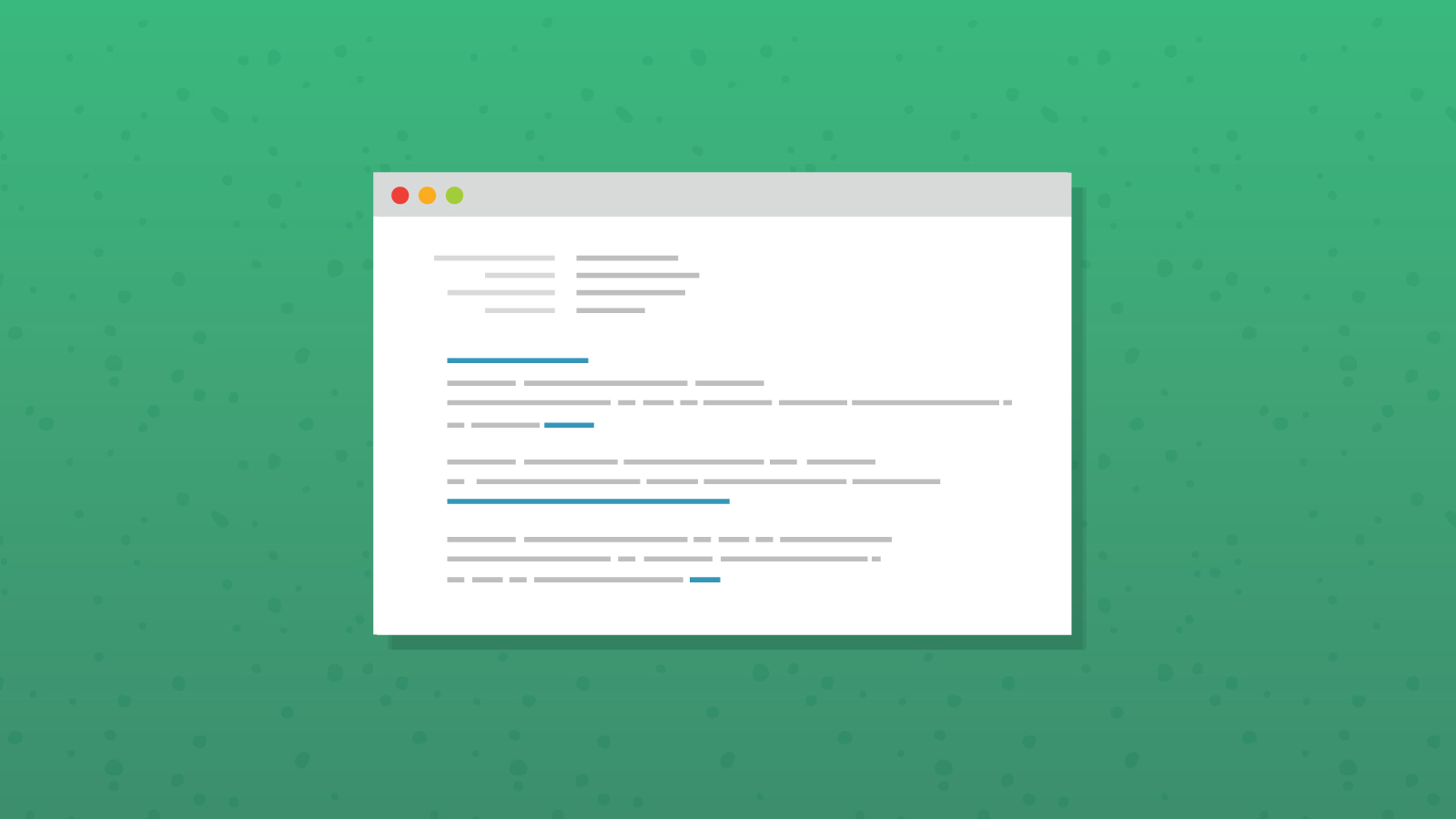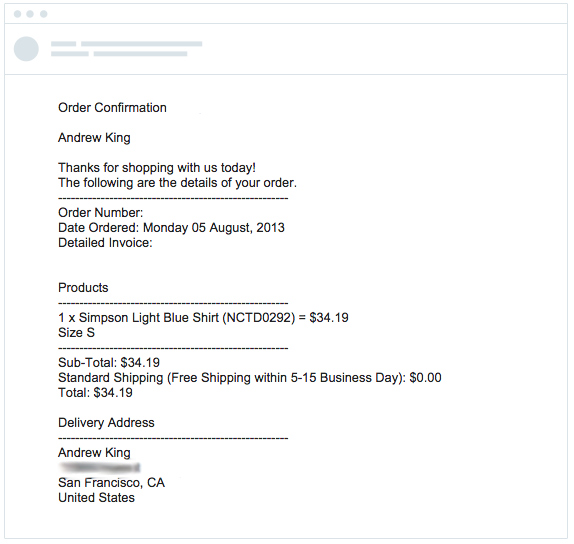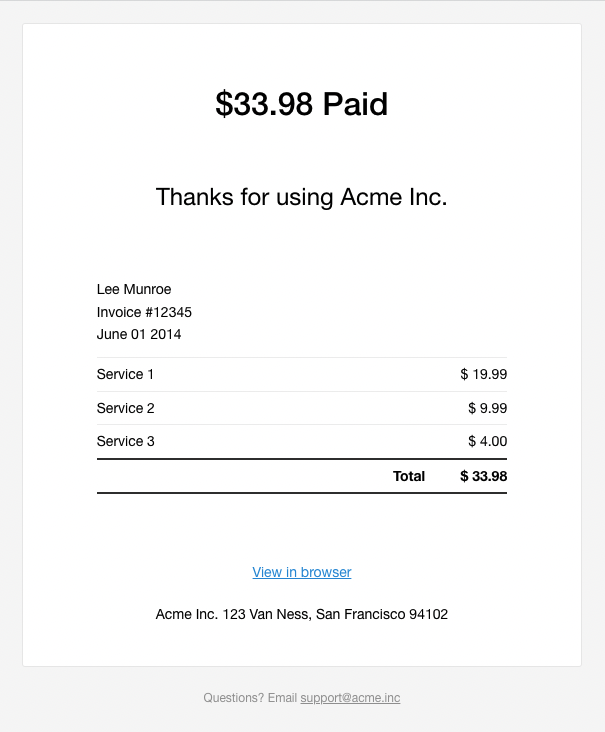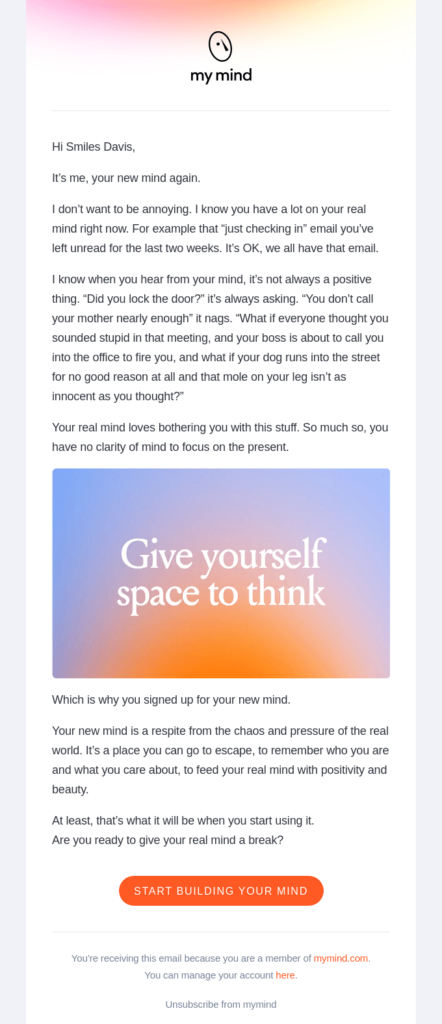Email Marketing
Can a Plain Text Email be Better than HTML?

Email Marketing

Flashy designs and interactive elements may try to steal the spotlight in the inbox. But is there a case to be made for the humble plain text email?
HTML email developers and digital marketers love to flex their creative muscles with branding, design, and interactivity. Let’s be honest, it’s fun to show off sometimes. Still, a simpler approach to email marketing may be a better choice in certain situations.
So, when should you go all out with HTML emails, and when should you keep it simple? Let’s explore the dynamics of HTML vs plain text email and how each can be used to your advantage.
It may surprise you, but many of the personal, one-to-one emails people send are not plain text emails. That’s because the true definition of a plain text emails is that it is extremely… well, plain. If you add a link, bold some text, or import an image, it’s no longer plain text.
A plain text email is an email format that contains only text and no HTML or rich media elements. This means no graphics, no logos, no funky GIFs, or interactive features – just the words, baby. Plain text emails are formatted using a standard, default font and the text content-type such as this: "text/plain; charset=us-ascii". They are straightforward and focus solely on the written content. A plain text email is a lot like a basic SMS message.
The easiest way to understand plain text emails is to be perfectly clear about what you cannot do with them. Plain text emails lack several features that are common in HTML emails. They do not support:
To your subscribers, the key difference between HTML vs plain text emails lies in the presentation. HTML emails use code to create visually appealing layouts that can include various elements as well as dynamic content and personalization.
In contrast, plain text emails are stripped-down versions that focus purely on the words. Sometimes, that may be helpful. Other times, it may be very important to show something in an email marketing campaign.
To make our point, let’s look at some examples. Below, you’ll see two screenshots of plain text emails. The first shows how a plain text email might show up with nothing but text. The next illustrates how mailbox providers may take full URLs in a plain text email and make them live so they can be clicked.
Now, here are two examples of HTML emails. The first image is a section from one of Megan Boshuyzen’s famous Sinch Email Camp emails. It has a background, images, formatted text, and clickable buttons. The second example looks like a plain text email. However, you’ll notice it has hyperlinks, bolded text, and includes a logo. So, it’s actually a simple HTML email.
Each of these email formats has strengths and weaknesses, making them suitable for different purposes and audiences. Let’s look at some of the specific advantages of plain text emails compared email campaigns featuring visuals, links, and interactivity.
For quite some time, there was a belief that including a lot of images in an email campaign might increase the risks of being filtered into spam. That led some senders to assume that plain text emails would achieve higher inbox placement rates than those with lots of design. That is mostly untrue.
Using images shouldn’t negatively impact email deliverability. In fact, if your designs enhance the experience and drive higher engagement rates, that’s a positive sign to mailbox providers. It shows people are interested in what you’re delivering, and your sender reputation will improve.
The reason, however, that images could be spam signal is because image-only or image-heavy emails may be trying to hide something. The true intent and contents of a deceptive or malicious message aren’t as easy to notice when disguised in a graphic. Still, it works both ways. While scammers may try to spoof your brand in an email, they can also use what look like personal, plain text emails (with one malicious link).
The disadvantages of plain text emails vs the upside of HTML emails may seem pretty huge. Email marketing efforts will fall flat if your subscribers can’t click, and you can’t track much of anything. But, at the same time, the challenges of coding HTML emails with lots of design and interactivity does get overwhelming.
What if you could have the best of both worlds? Not every email campaign needs to be a digital work of art. And even if you disagree – it could be a minimalist work of art.
Sometimes, you want the simplicity and accessibility of plain text, but with a touch of branding and tracking capabilities. Enter the “simple HTML email.” These emails use minimal HTML and CSS coding to achieve a clean, straightforward design while still allowing for some branding elements and interactive features.
While there’s a time and place for showcasing your creativity and email coding skills, certain types of messages may work best in their simplest form. Here are some contenders for simple HTML emails.
Here’s the difference between a plain text transactional email and a simple HTML email for an order confirmation. The second example is still very basic, but it includes enough code and formatting to make the experience just a bit better.


Then again, maybe that sort of simplicity is not your style. If you want to set your customer experience apart in the inbox, adding some flair to transactional email designs could make those everyday touchpoints more memorable.
Some recipients may prefer plain text when they’ve got a slow internet connection or when email clients can’t render HTML properly. Allowing subscribers to view an email in their browser may also help with that problem.
Here’s an email marketing example that showcases a simple HTML email design. There are a few design elements, including an image, button, and background. But its also formatted like a letter, which feels simple and personal.

Will an impressive interactive email get more people to click and convert? Not always. Even email geeks may prefer campaigns that keep it simple. That’s what Naomi West of the email coding platform, Parcel, found out when she tested different versions of her emails.
Check out the session below from our Sinch Email Camp: Mission Control archives to hear more from Naomi and Emily Ryan on the power of simplicity in email marketing. Find out why simplifying your emails can often improve performance.
Keep in mind… the fact that Naomi tested it first is key. The only way to really know how your list will respond and how different versions will perform is to A/B test and find out for yourself.
Even if you’ve kept your HTML email design simple, rendering issues can still occur. Different email clients can display HTML in varied ways, leading to potential problems with layout, fonts, or images. That’s why it’s crucial to test and preview your email campaigns before sending the to your subscribers. It’s the best way to see how your emails display in on hundreds of different clients and devices.
Sinch Email on Acid offers a comprehensive pre-send testing solution that allows marketers to preview their work in various inbox environments. This ensures that your message looks great and functions correctly, no matter where it’s viewed. With features like email previews, spam testing, and analytics, Sinch Email on Acid helps you deliver flawless emails that engage and convert.
By understanding the strengths and limitations of both HTML and plain text emails, you can make informed decisions that align with your marketing goals. Whether you’re aiming for high engagement, brand consistency, or simple, authentic communication, there’s a right choice for every campaign. And remember, always test your emails before hitting send to ensure the best possible experience for your everyone on your list.